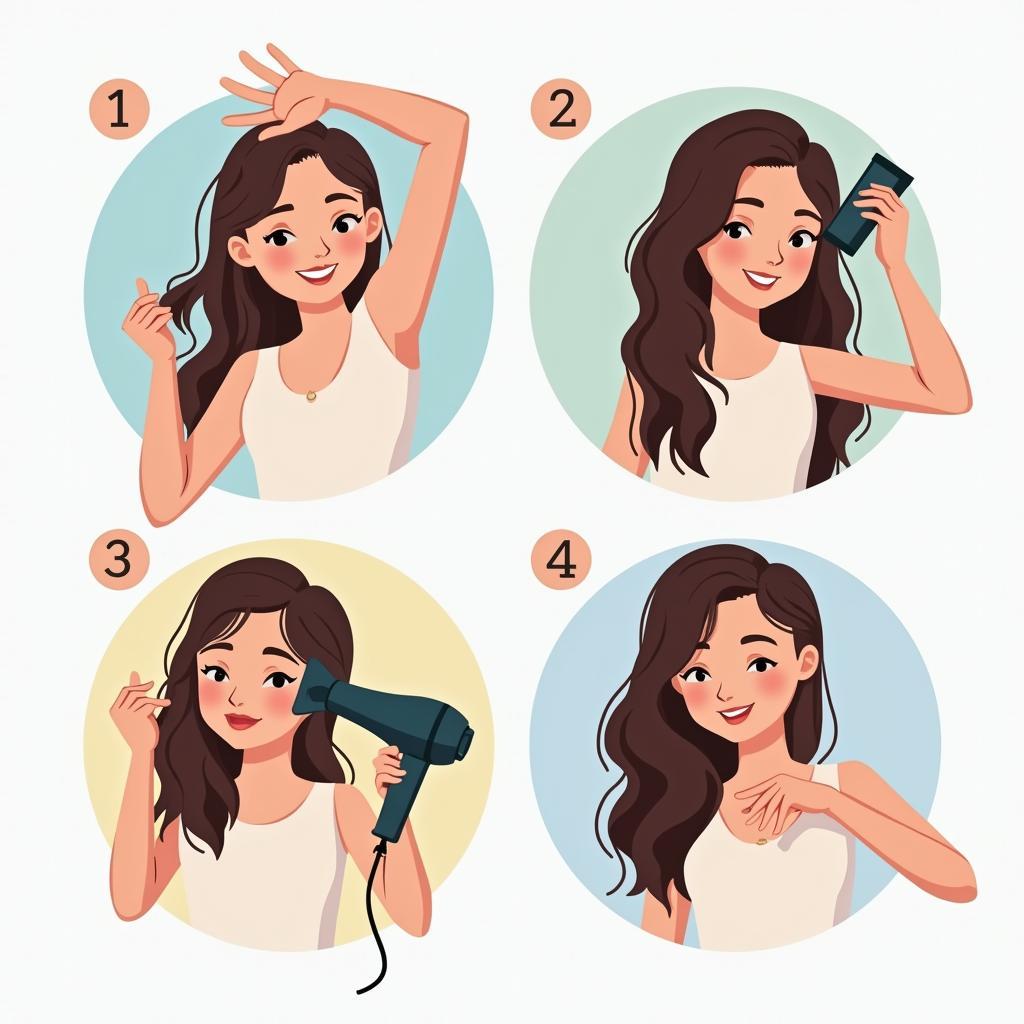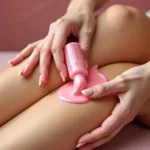
Cowlick or Thinning Hair: How to Tell the Difference
- AmazoniaSilva
- Tháng 1 15, 2025
- Zodiac signs
- 0 Comments
Dealing with a stubborn cowlick can be frustrating, but it can also sometimes mask a more serious issue: thinning hair. Knowing how to differentiate between a cowlick and actual hair loss is crucial for addressing the problem effectively. This article will explore the key differences between a cowlick and thinning hair, helping you determine what you’re experiencing and what steps you can take.
Understanding Cowlicks
A cowlick is a section of hair that grows in a different direction than the rest of your hair, creating a spiral or swirl pattern. They are typically found at the crown, back, or front of the head. Cowlicks are determined by the direction of hair follicles and are a natural occurrence, present from birth. They are not a sign of hair loss and do not cause any damage to the hair or scalp. While they can be annoying to style, they are generally considered a harmless quirk. Managing a cowlick often involves strategic styling techniques like using a strong-hold gel, blow-drying in the opposite direction of the swirl, or embracing a hairstyle that complements the cowlick.
Recognizing Thinning Hair
Thinning hair, on the other hand, involves a gradual reduction in hair density. This can manifest in various ways, including a wider parting, a more visible scalp, or a general feeling of less hair on your head. Unlike cowlicks, thinning hair can be caused by a variety of factors, such as genetics, hormonal changes, stress, nutritional deficiencies, and certain medical conditions. It’s crucial to identify the underlying cause of thinning hair to address it effectively. This often involves consulting with a dermatologist or trichologist, who can diagnose the specific cause and recommend appropriate treatments.
Cowlick vs. Thinning Hair: Key Distinguishing Factors
While a prominent cowlick can sometimes create the illusion of thinning hair, particularly in the area where the hair swirls, there are distinct differences. A cowlick primarily affects the direction of hair growth, while thinning hair involves a decrease in the actual number of hair strands. If you’re unsure, examine the scalp beneath the area in question. With a cowlick, the scalp will appear normal and healthy, with hair follicles present. In contrast, with thinning hair, the scalp may be more visible, and you might notice fewer hair strands growing from the follicles.
Is it a Cowlick or the Start of Thinning Hair?
One common concern is mistaking a cowlick for the beginning stages of male pattern baldness or other forms of hair loss. While a cowlick itself doesn’t cause hair loss, it can sometimes be located in an area where thinning hair begins, such as the crown. Therefore, it’s essential to monitor the area around the cowlick for any signs of thinning, like increased scalp visibility or a receding hairline.
“A cowlick can create the appearance of less volume, which can be mistaken for thinning,” says Dr. Anna Hernandez, a leading dermatologist specializing in hair loss. “However, a true cowlick does not involve actual hair loss. If you notice a decrease in hair density or changes in your hairline along with a cowlick, it’s crucial to consult a professional to rule out any underlying hair loss conditions.”
Managing Cowlicks and Addressing Thinning Hair
If you determine you have a cowlick, the focus should be on styling techniques to manage the direction of hair growth. However, if you suspect you are experiencing thinning hair, it’s imperative to seek professional advice. A dermatologist or trichologist can diagnose the cause of your hair loss and recommend suitable treatments, which may include medications, topical solutions, or lifestyle changes.
 Styling Cowlick Hair
Styling Cowlick Hair
Conclusion
Distinguishing between a cowlick and thinning hair is crucial for taking appropriate action. While a cowlick is a harmless hair growth pattern that can be managed with styling techniques, thinning hair may require professional intervention. By understanding the key differences and monitoring your hair and scalp, you can effectively address any concerns and maintain healthy, vibrant hair. If you are experiencing thinning hair along with a cowlick, consult with a dermatologist or trichologist for a proper diagnosis and treatment plan.
FAQs
-
Can a cowlick turn into thinning hair? No, a cowlick itself cannot cause thinning hair. However, thinning hair can occur in the same area as a cowlick.
-
How can I make my cowlick less noticeable? Styling techniques like blow-drying against the swirl and using styling products can help manage a cowlick.
-
What are the common causes of thinning hair? Genetics, hormonal changes, stress, and nutritional deficiencies can all contribute to thinning hair.
-
When should I see a doctor about thinning hair? If you notice a gradual decrease in hair density, increased scalp visibility, or changes in your hairline, consult a dermatologist or trichologist.
-
Are there treatments for thinning hair? Yes, various treatments are available, including medications, topical solutions, and lifestyle changes. A dermatologist can recommend the best course of action based on your specific condition.
-
Can stress cause thinning hair? Yes, stress can be a contributing factor to hair loss.
-
Is thinning hair reversible? Depending on the underlying cause, thinning hair can sometimes be reversed or slowed down with appropriate treatment.
Suggested Further Reading on Cướp Biển:
- Understanding Hair Loss in Men and Women
- The Impact of Diet on Hair Health
- Effective Hair Styling Tips for Different Hair Types
If you need further assistance, please contact us via Email: [email protected] or visit our office at Fifth Avenue, 34th Floor, New York, NY 10118, USA. We have a 24/7 customer support team available to help.
